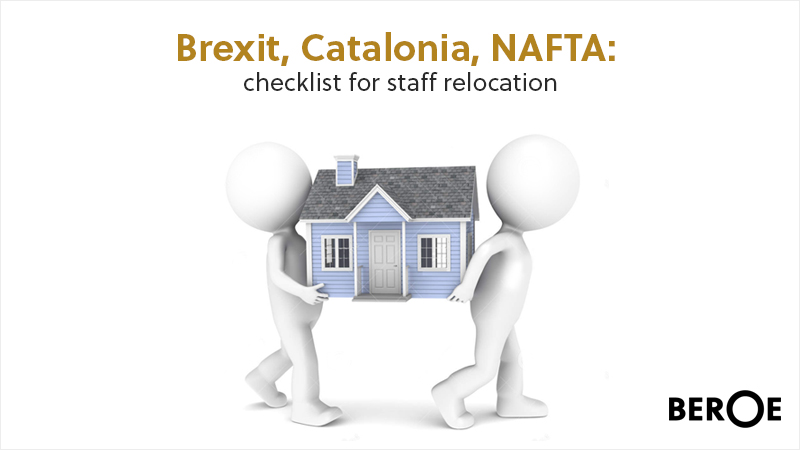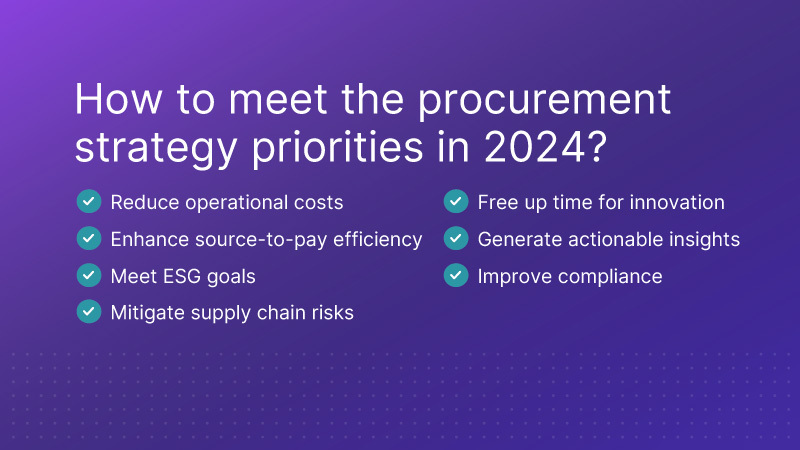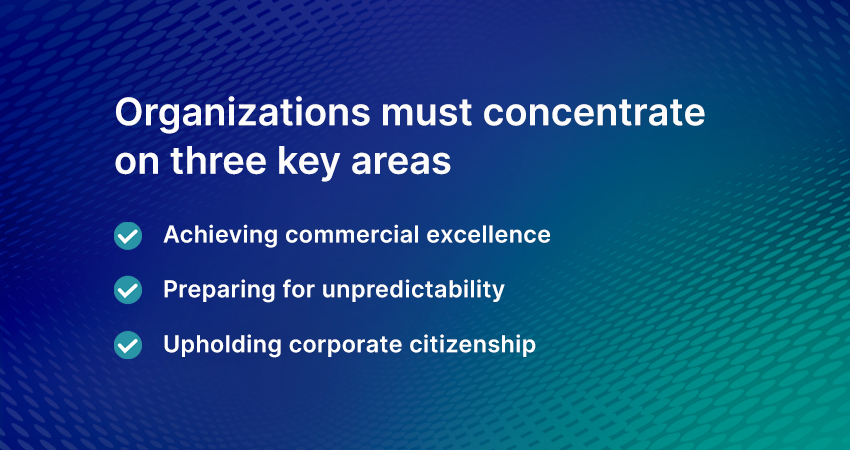
Brexit, Catalonia, NAFTA: checklist for staff relocation

With inputs from Amy Abraham, Team Lead -- HR Services

Brexit vote, Catalonia crisis and dispute over trade deals such as NAFTA lead to lot of business uncertainty, especially on the staff relocation front.
Around 1,700 companies have already moved their legal headquarters out of Catalonia to other parts of Spain. While companies have been moving their corporate headquarters, many of them still retain their operations and employees in the region. In case Catalonia presses for independence than a whole lot of staff would need to be relocated to other locations within Euro zone.
Same is the case with Brexit: London’s financial industry employs thousands of people and many companies would have to relocate their staff to other cities in Europe in case of a “hard exit”. Movement of thousands of staff across the channel can be a daunting task, which may necessitate careful planning and budgeting.
If NAFTA deal collapses then companies, especially those belonging to automobile industry, may have to relocate staff across U.S., Mexico and Canada because of potential regulatory constraints.
In such uncertain times, it is better for sourcing managers to keep a ready checklist:
1. Supplier list: Keep a tab on the geographic capabilities of suppliers as well as a long list.
2. Technology Adoption: Check for third-party vendors who adhere to the growing need of technology with customization. User-friendly interface, easy tracking of spend by employees and payroll management are few of the technologies which are gaining prominence.
3. Major spend categories for relocation service providers are:
- Expense management
- Temporary living
- Spousal career assistance
- Home finding
- Compensation and tax compliance
- Home sale
- New home purchase
- Household goods movement
4. Major cost components are:
- Labor rates
- Administrative costs
- Logistics costs
- Technology costs
- Material costs
5. Evaluate various sourcing models
|
Sourcing Models |
Implementation Challenges |
Decision Enablers |
|
In-house |
This is a management-intensive model and does not provide much cost savings |
Currently done in medium-sized or small-sized companies |
|
End-to-end service provider |
Vendor selection is a major challenge as full outsourcing of services is done for all geographies |
All service capabilities which are required along with market presence |
|
Bundled Service |
Shortlisting the services and geographies for the supplier |
Critical categories can be retained in-house and the rest can be bundled and outsourced |
|
Single Service Outsourcing |
Vendor selection in a particular geography with niche specialization |
Local-level contracts are done in regions like APAC and LATAM; intercultural training can be given in these |
|
Multiple Supplier Outsourcing |
Multiple engagements with multiple suppliers and in multiple geographies with inconsistency in the service delivered |
Cost saving opportunity for medium- to high-level companies |
Related Insights:
View All
Get more stories like this
Subscirbe for more news,updates and insights from Beroe






